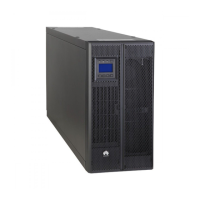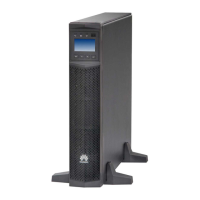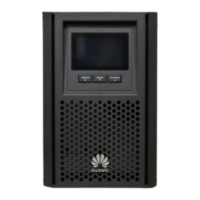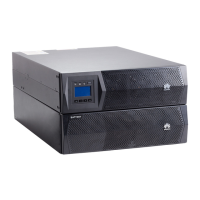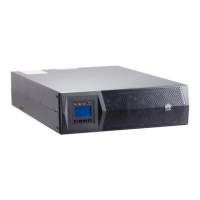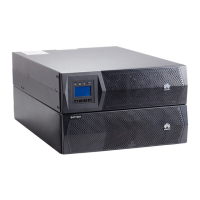● The customer sets battery operating parameters incorrectly.
● The customer uses dierent batteries together, causing acceleration of
capacity attenuation. For example, the customer uses our batteries together
with batteries of other vendors or with batteries of dierent rated capacity.
● Batteries are frequently overdischarged due to the customer's improper
maintenance, load capacity is expanded without notifying us, or the batteries
have not been fully charged for a long time.
● The customer does not perform battery maintenance based on the operation
guide, such as failure to check battery terminals regularly.
● Batteries are not charged as required during storage due to the customer's
reasons, resulting in capacity loss or other irreversible damages to the
batteries.
● Batteries are damaged due to reasons of the customer or a third party, for
example, they relocate or reinstall the batteries without complying with the
Company's requirements.
● The customer changes the battery use scenarios without notifying the
Company.
● The customer connects extra loads to the batteries.
● The storage period of batteries has exceeded the upper limit.
● The warranty period of batteries has expired.
General Requirements
The category 2 (C2) battery may cause radio interference when used in a
residential environment. Additional measures may be needed to prevent the
interference.
To ensure battery safety and battery management accuracy, use batteries provided
by the Company. The Company is not responsible for any battery faults caused by
batteries not provided by it.
● Before installing, operating, and maintaining batteries, read the battery
manufacturer's instructions and comply with their requirements. The safety
precautions
specied in this document are highly important and require
special attention. For additional safety precautions, see the instructions
provided by the battery manufacturer.
● Use batteries within the temperature range specied in this document. When
the ambient temperature of the batteries is lower than the allowed range, do
not charge the batteries to prevent internal short circuits caused during low-
temperature charging.
● Do not reversely connect the positive and negative battery terminals.
Otherwise, a battery alarm will be generated and batteries may be damaged.
UPSJZ-T-(1 kVA–3 kVA)
User Manual 1 Safety Information
2022-08-15 8

